Mercedes-Benz EQC 2019
-
Contenuti simili
-
Mercedes-AMG Electric SUV 2026 (Notizie)
Pubblicato da carrera4,
- mercedes-amg
- mercedes-benz
- (e 5 altri in più)
- 2 risposte
- 515 visite
-
- 3 risposte
- 938 visite
-
- 41 risposte
- 4145 visite
-
-
-


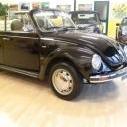


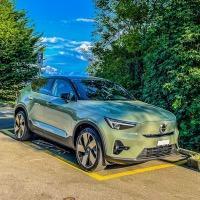








.thumb.jpg.d20c5008a881490f9c7f843d442a34f8.jpg)
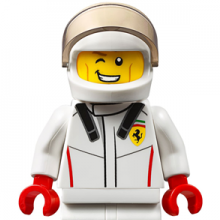
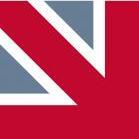
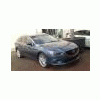




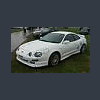
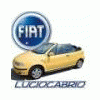

Messaggi Raccomandati:
Crea un account o accedi per lasciare un commento
Devi essere iscritto per commentare e visualizzare le sezioni protette!
Crea un account
Iscriviti nella nostra community. È facile!
Registra un nuovo accountAccedi
Sei già registrato? Accedi qui.
Accedi Ora